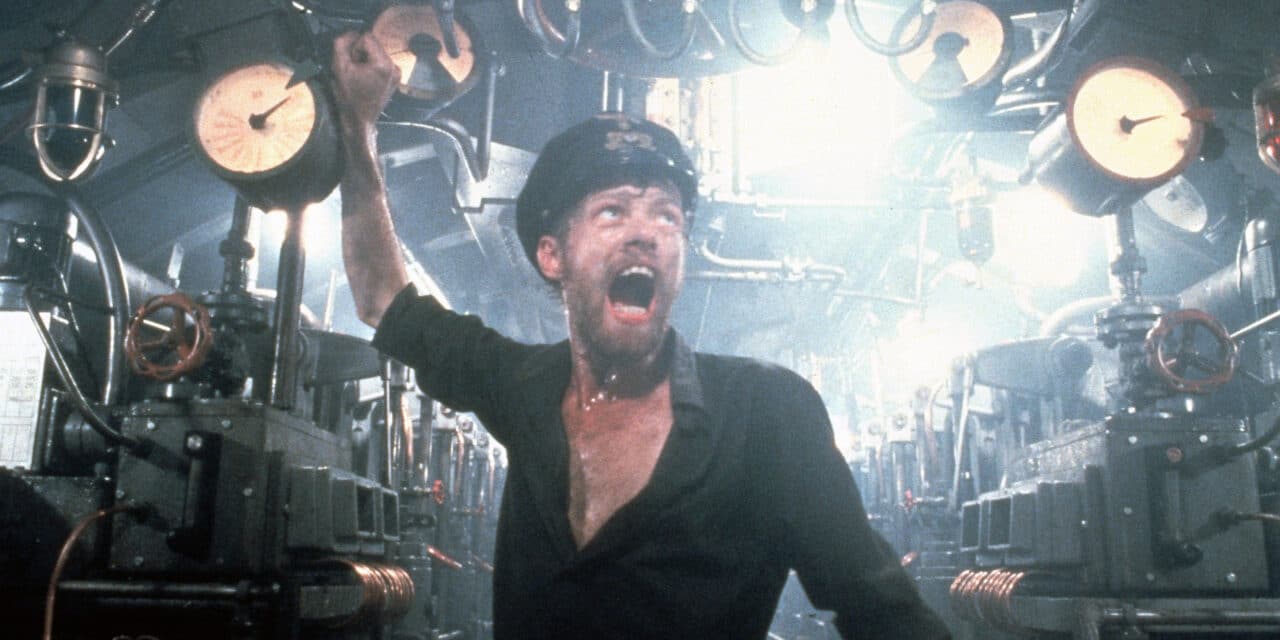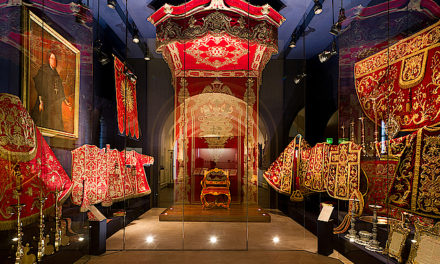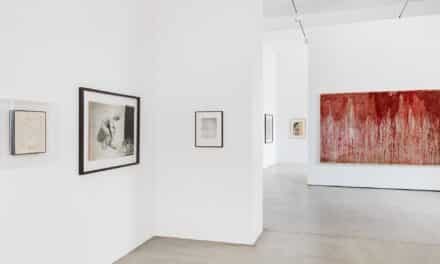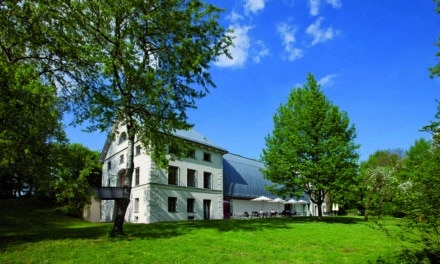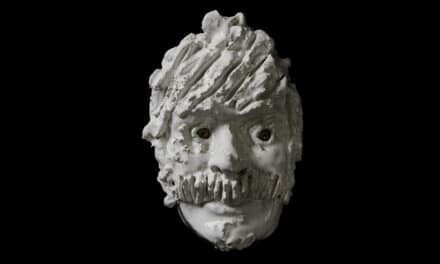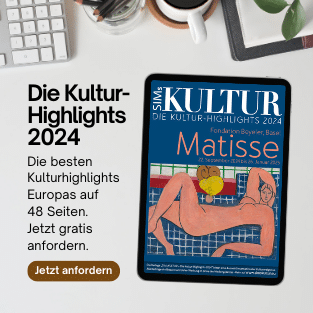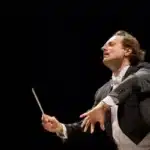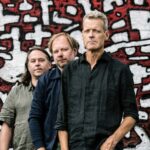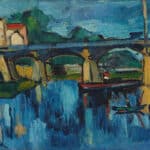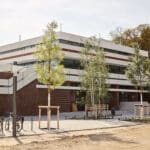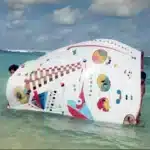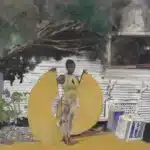It has never been attempted before, but now it is a reality: the historic blower hall at the Völklingen Ironworks World Cultural Heritage Site is the setting for a complete overview of German film from 1895 to the present day. Large screens and monitors invite visitors to wander through a unique film landscape that achieved international renown with the expressionism and cinema of the Weimar Republic and reflects Germany's culture and history like no other medium.
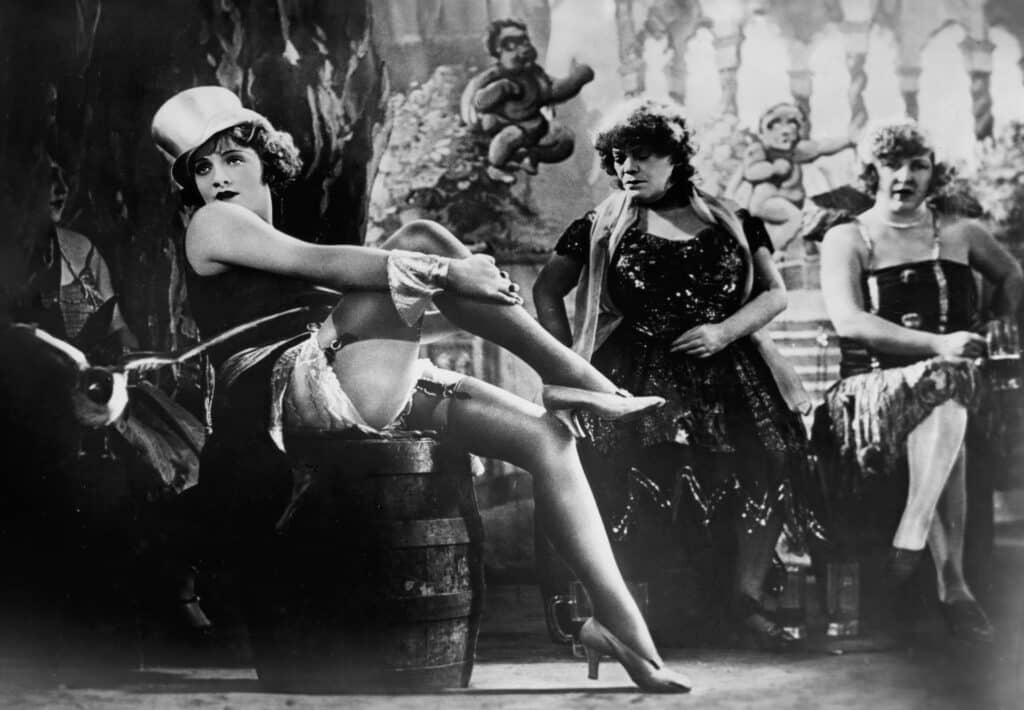
The Blue Angel, 1930, source: Deutsche Kinemathek, Berlin
The joint exhibition by the World Cultural Heritage Site at the Völklingen Ironworks and the Deutsche Kinemathek Berlin provides the first comprehensive and immersive look at German film history. The multimedia show spans from the legendary "Winter Garden Program" by the Skladanowsky brothers on November 1, 1895 in Berlin - two months before the Lumière brothers in Paris - to early silent films and sound films to current formats and film productions from 2023.
The exhibition "THE GERMAN FILM" presents over nine hours of film material on 100 large screens and more than 350 exhibits from the collection of the Deutsche Kinemathek and shows not only Germany's significant contribution to global film history, but also a captivating link between cultural and contemporary history and the history of the Völklingen Ironworks in the 20th century.
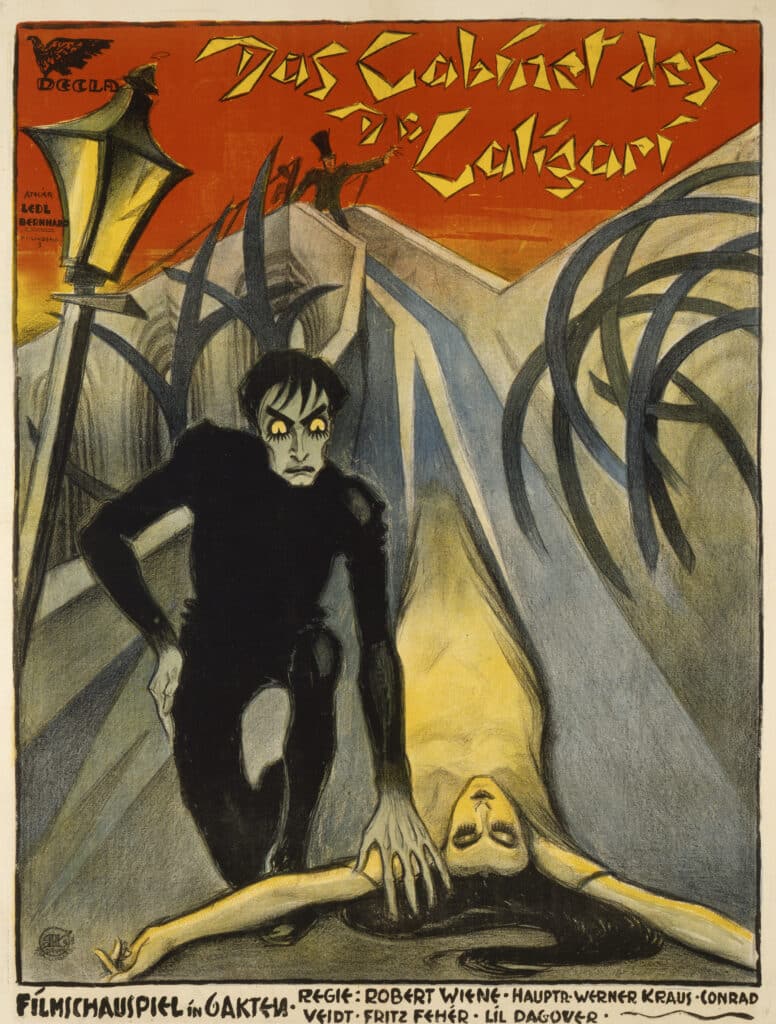
The Cabinet of Dr. Caligari, film poster, © Deutsche Kinemathek - Graphic Archive
From the pioneering period around 1900, the First World War and the 1920s of the Weimar Republic to National Socialism, the Second World War and the film culture of a country divided into West Germany and East Germany, right through to all-German film after 1990, a panorama of the 20th and 21st centuries in Germany unfolds before visitors' eyes in ten exhibition chapters that is as eventful as it is moving.
The unique architecture of the Gebläsehalle is the perfect setting for the exhibition, which presents films from different eras and genres. One highlight is the chapter on Fritz Lang's groundbreaking film "Metropolis" with a model of the lower city and the groundbreaking architectural drawings and costume designs by Erich Kettelhut and Aenne Willkomm.
The Blower Hall with its machines and flywheels becomes the congenial exhibition architecture not only for "Metropolis". The most commercially successful film of the Third Reich, the Nazi endurance film "Die Große Liebe" with Zarah Leander, can be seen in a narrow, bunker-like basement, while the winged figures from Wim Wenders' "Himmel über Berlin" sit and stand at lofty hall heights.
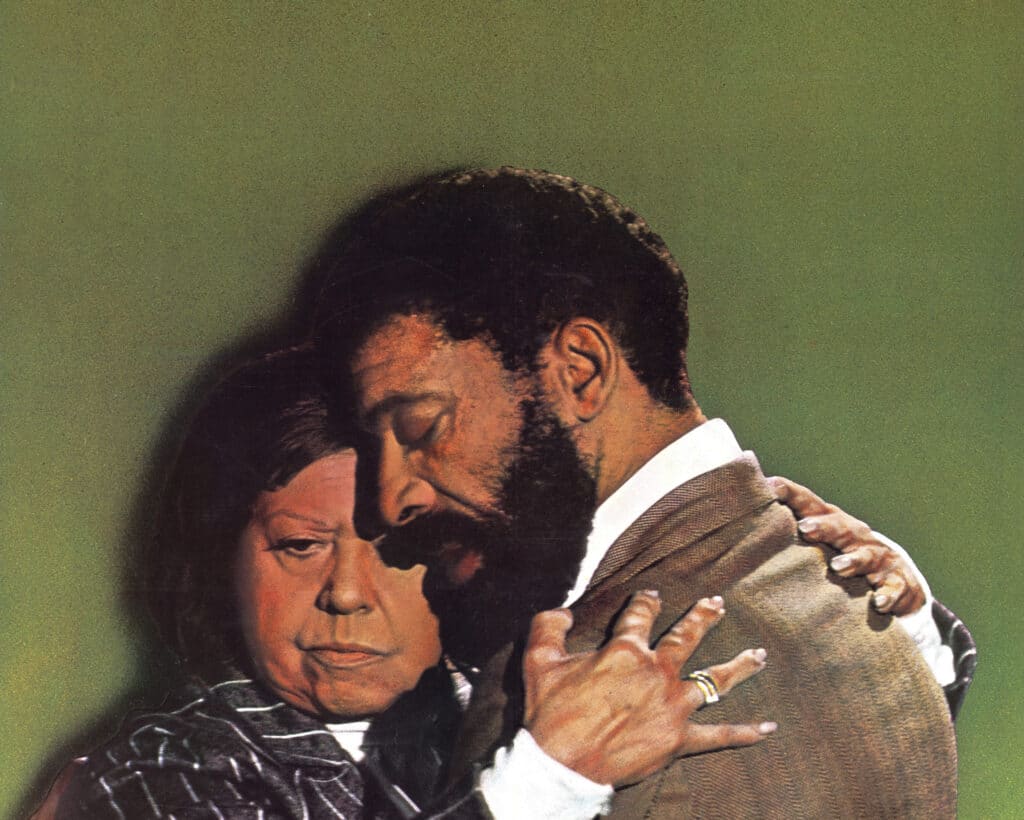
Angst essen Seele auf, 1974, source: Deutsche Kinemathek, Berlin
In addition to cinematic incunabula such as Volker Schlöndorff's "The Tin Drum" and Rainer Werner Fassbinder's "Fear Eats the Soul", the show will also present largely unknown rarities such as Veit Harlan's "The Ruler" with drastic black and white steelworks images from 1937 or Ula Stöckl's sensually liberating color frenzy "Nine Lives the Cat Has" from 1968.
At the same time, the show at the Völklingen Ironworks World Cultural Heritage Site and the Deutsche Kinemathek provides insights into the world of filmmakers, the work behind the scenes and shows the development of film technology over the decades. The unleashed camera of the Weimar Republic from "The Last Man" and the ski camera for "The White Hell of Piz Palü" become reality.
Focus showcases across the decades are dedicated to Monika Bauert, Artur Brauner, Marlene Dietrich, Robert Herlth, Monika Jacobs, Hildegard Knef, Wolfgang Kohlhaase, Asta Nielsen and Guido Seeber, and tragic fates such as that of Kurt Gerron remind us of the darker side of German film biographies.
The compressor hall, which adjoins the blower hall, is transformed into a veritable film studio of the 1950s, where the 1958 film "Mädchen in Uniform" with Romy Schneider and Lilli Palmer was shot. Visitors can experience the classroom and the legendary kissing scene. Everything is authentically lit and equipped, right down to the microphone boom.
The exhibition ends with a movie theater with an original box office, projectors and cinema chairs. Here, the entire panorama can be experienced again with cuts and reverse cuts: as a film collage across the ages.
October 15, 2023 to August 18, 2024
https://voelklinger-huette.org

